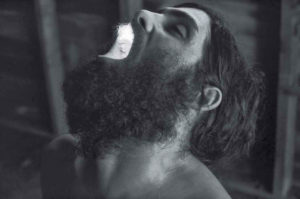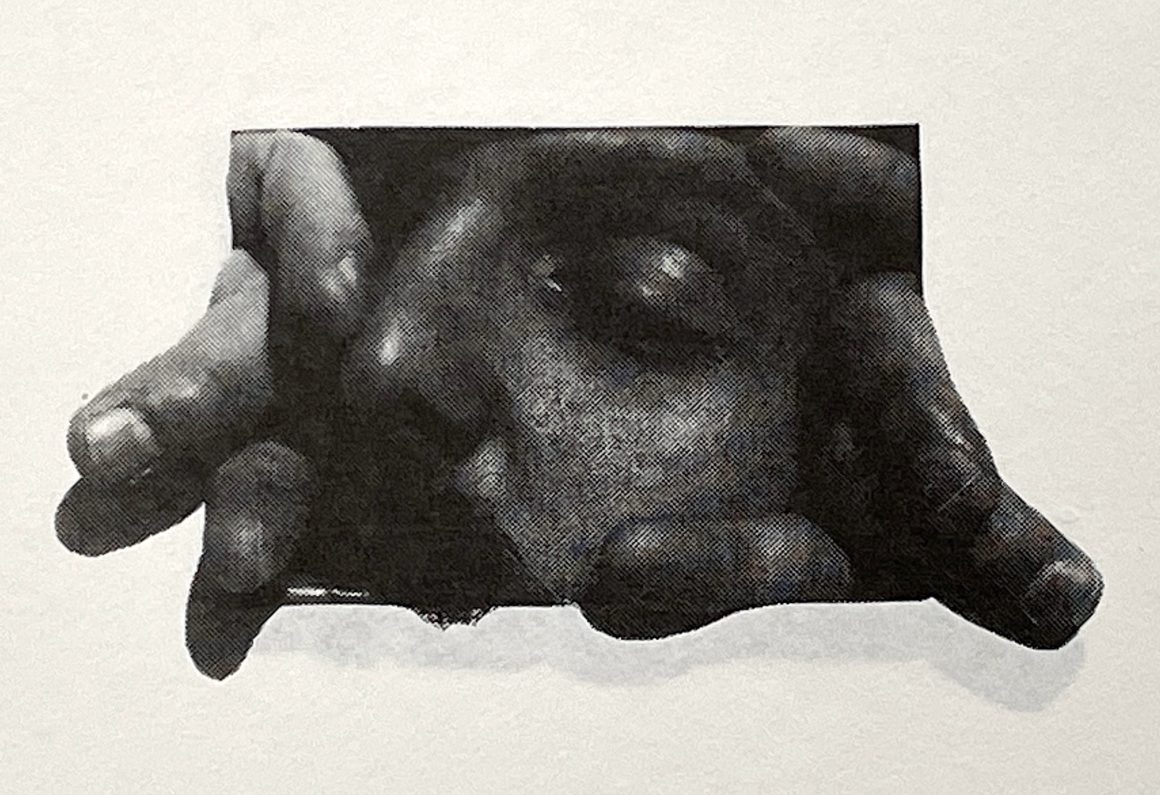Advancing Creative Freedom — by Paul Forte

“In contending that aesthetic experience is cognitive, I am emphatically not identifying it with the conceptual, the discursive, the linguistic. Under ‘cognitive’ I include all aspects of knowing and understanding, from perceptual discrimination through pattern recognition and emotive insight to logical inference.”
— Nelson Goodman, from Of Mind and Other Matters, Harvard University Press, 1984, pp. 84 -85
Philosopher Nelson Goodman further insists that cognition involves invention and discovery. While discovering something new in structural terms may no longer be possible, an artist’s individual style coupled with diverse approaches to art making could be essential to cognitive exploration and the broadening and deepening of how we know and understand anything. Goodman comments on the lasting value of the art experience: “After a couple of hours at an exhibition we often step out into a visual world quite different from the one we left. We see what we did not see before and see in a new way. We have “learned.” (Goodman,1984) Such exploration might also come to reflect something of the processes of cognition itself, and its important connection to the aesthetic. Aesthetic experience, as Goodman and others clearly understood, is always fluid, dynamic, and dependent upon discovery.
Given the symbiotic relationship between the commercial gallery system and museum directors and curators when it comes to judging artistic merit — judgments that seemingly have little to do with the aesthetic and/or cognitive value of the art that ends up in these venues — I’ve long maintained that artists of indisputable ability making significant contributions to the arts are often passed over or ignored by public institutions because of a vote of no confidence by the contemporary art market. Art dealers, museum directors and curators and wealthy collector-investors have formed powerful alliances that steer market forces and largely determine the direction of contemporary art. The presumption being that the highly competitive art market is in the best position to determine what art is timely and relevant, weeding out work that “fails to make the grade,” thus setting the artistic standards for the artworld. Of course, few bother to question whose interests those standards serve. While I believe this egregious situation to be the case, it still doesn’t answer the question as to why the market spurns the work of some artists while embracing the work of others. Factors such as race and gender, and to some extent, class, certainly play a role when it comes to the selection of art for exhibition, but one of the most glaring omissions when it comes to this process involves the benching of older artists, particularly those without a great deal of exposure.
Today’s contemporary art market has become very conservative and essentially no different from any other market. Generally, it tends to value two things in the work of an artist perhaps above all else: a signature style and a consistent practice, which amounts to the same thing. When an artist develops a recognizable signature style and consistently produces art that is identified with that style, in the eyes of many dealers and collectors the artwork promises a good return on investment. Many art dealers are reluctant to swim against the tide of signature styles and the mediocrity they have spawned and jettison the safe art that has paid the rent, built reputations, and kept the machinery well oiled. And some of the collectors that they deal with want reassurance that the work that they buy is fashionable and is collectable in the short-term, because some, but not all, are collecting art as an investment and quick turn over is desirable (a phenomenon akin to the “flipping” of houses in the real estate market). Overriding concerns with identifiable styles and the pressure to essentially repeat winning formulas, as defined by the standards of the art market, are not only exclusionary but also restrict or discourage real innovation within the system. While this situation has directly impacted careers, a misperception regarding art that fails to conform to those standards, may be, at bottom, a factor in its lack of market appeal. To clarify, my primary objective here is not the acceptance of my work or anyone else’s by the market. Rather, my hope is to change the minds of those influenced by market priorities, however naïve that might sound. An artist’s “individual style” and a “signature style” are not the same, and moreover the former needn’t be idiosyncratic. For many art dealers and museum curators, idiosyncratic artists are to be avoided like the plague because presumably few people will understand or appreciate the artist’s work, unless, however, such art can be recognized as functioning intersubjectively. The widespread misperception about art that initially appears unmarketable because it cannot be readily identified with a particular artist or seems to be stylistically inconsistent can often be rectified by careful reflection on the art and a critical assessment of what the artist has to say about her or his work, ideas developed over time coupled with the artist’s first-hand understanding of their practice.

The significance of diversity in an artist’s work can come into focus and be better understood again by simply taking the time to reflect upon the work in relation to the artist’s thoughts about it. The failure to take those thoughts into account often results in a tentative understanding or appreciation of the work and an uncertainty about the significance or value of the art. This all too often leads to the presumption that the work lacks creative focus and is, at least formally or stylistically, inconsistent. I cannot stress enough that a signature style and an individual style are two different things, although sometimes they overlap. The former, an important factor in the promotion and sale of art, is a tried-and-true market strategy, whereas the latter is often less constrained by the stylistic imperatives of the market and more reflective of a personal, creative freedom. Very often this is work that implicitly explores cognitive processes of thinking, feeling, and seeing, or more exactly, how the interrelations of these processes bear upon a fundamental connection between the cognitive and the aesthetic. Unfortunately, too many dealers in art as well as their clients often find such work problematic, if not irrelevant. Contemporary art that grapples with the difficult work of balancing cognitive and aesthetic issues often seems not to depart from traditional aesthetic approaches to art making, and is then sometimes considered derivative or unimaginative, and therefore is seemingly of little critical interest or value. While the work may be indebted to traditional aesthetic methods of art making, it doesn’t necessarily follow that the work has no critical value. It would be a mistake to underestimate or discount an artist’s stated reasons regarding how such methods are employed and to what ends. From an institutional perspective (commercial or otherwise), much of this art, which is easily characterized in terms of media and/or technique, is nevertheless difficult to place in context, seemingly having little bearing on the more pressing issues of the day. In brief, a failure to recognize the cognitively exploratory nature of the work leads to the impression that the work is “unfocused,” with no rationale, meandering, and “stylistically” inconsistent.
Few may recognize that such artwork is a testament to artistic exploration and discovery, however “traditional” it may sometimes appear.

